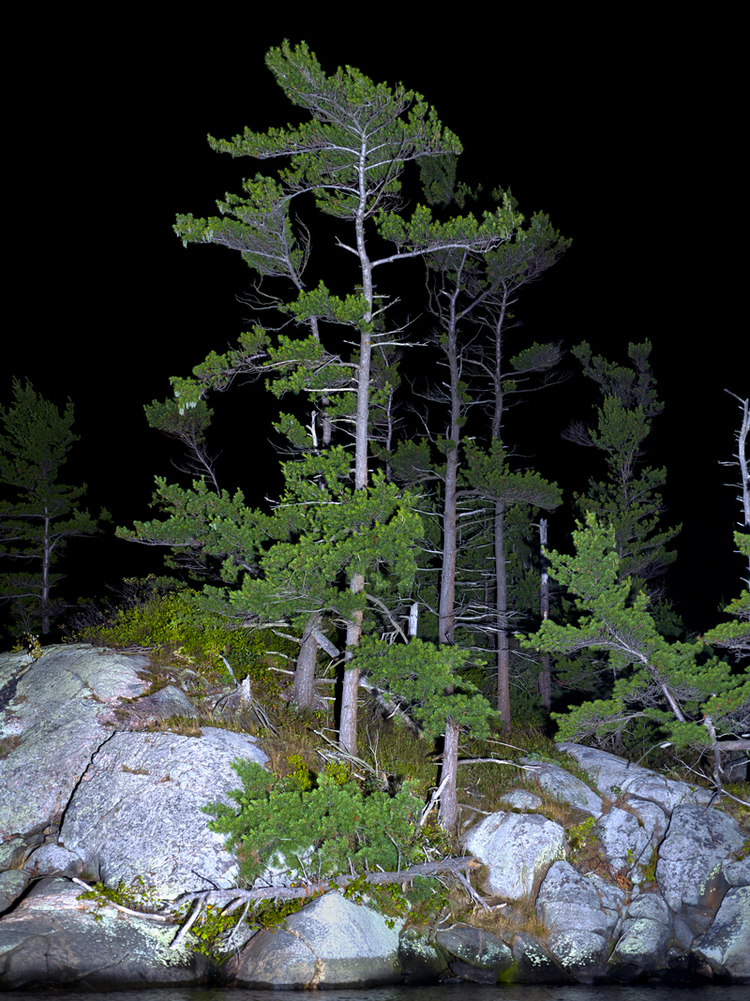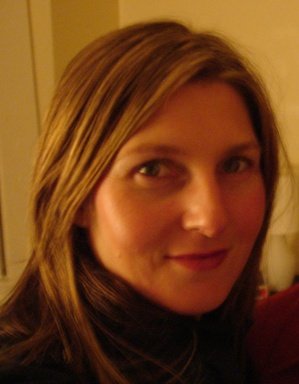Posted on September 13,2013
As I approach my final few entries with “Wanting Images,” I reflect on my initial intent with this series which set out to explore, via an engagement with various visual projects and curatorial strategies, the notion of what constitutes a pedagogical encounter in looking. Part of the critical conversation initiated by TPW R&D, the invitation was to “think out loud about our methodologies for looking and showing as much as we continue to directly experience the force of images”. By working closely with W.J.T. Mitchell’s question “what does a picture really want?”1, I have considered the conditions of looking that might sustain the viewer’s encounter with images in ways that provoke one to go on asking. In this view, the pedagogical force of an image lies not with its ability to provide an answer to that questioning, but rather with how, through the viewing relation, the image becomes a cause that brings desire into being. It is by courting this desire, I have suggested, that we get closer to thinking with rather than about visual images. In this blog entry I revisit some of these ideas by thinking with a series of images by Ottawa-based visual artist Andrew Wright. “After Friedrich” (2012)—the header image that has accompanied this blog since I began—is just one photograph from “Illuminated Landscapes”, an ongoing project spanning more than a decade of Wright’s work (2001–present).
One of Mitchell’s main reasons for posing the unanswerable question of what pictures want is to have us think about our apprehension of visual objects as a of “incurable symptom”2 of the problem of how we come to see, relate to, and make sense of the world. Our dilemma then, as viewers, is not to do away with our strategies for looking which, he claims, tends towards the subjectivization of objects, but rather to learn to interpret these strategies for what they reveal about the “dialectics of power and desire in our relations with pictures”3. The question is deceptively simple—how do we come to notice how we look, not necessarily to suggest other, better ways of looking, but rather to recognize this looking as a symptom of how we relate to the world? With his series “Illuminated Landscapes”, Wright addresses this very question, using light as a way to explore the relations between technology, landscape and human subjectivity.
In After Friedrich, the placement of a lone light source draws my eye to the center of the visual field. It is not clear if the luminescence provided by the torch reveals or is consumed by the snowscape’s blue opacity, which becomes more impenetrable as it recedes into the distance. The feeling is at once closed in and expansive, almost claustrophobically so. Drifts of snow merge or fade into something else so as to become almost indistinguishable from the electric quality of the light, an effect that plays on the elision between artificial and natural illumination. It is as if Wright somehow both seizes and divulges light’s secret ability to constitute, through the science of reflection and diffraction, our very experience of landscape and indeed, of ourselves. In his hands, illumination becomes a technology of perception that reveals the landscape in new ways while offering a commentary on how it is that we come to look. This technique is further evident with White Pines (2011), where tree roots climb along a ragged shoreline anchoring their twisted forms to rock. The familiar shapes of the Canadian Shield take on an ominous appeal at night; shadows lurk more deeply than they ever could in daytime, beyond the reach of the artificial light. Though the method of illumination is absent from the scene, its effect is not—the dramatic arrest of the landscape brings the viewer also to a halt, prompting the question of how our technologies for looking impact the very act of seeing, always impartial and uncertain even under the illusion of our daytime certainties.

What pictures want above all, Mitchell tells us, is “a kind of mastery over the beholder…the painting’s desire, in short, is to change places with the beholder, to transfix or paralyze the beholder, turning him into an image for the gaze of the picture…”4. Wright uses the directionality of light to transfix our gaze on the landscape and in doing so renders us spellbound. But this is not a romantic position. Illumination has several meanings and with Wright’s work we see these multiple interpretations at play: to illuminate can be to decorate or embellish, to reveal (as in to clarify or explain), and finally to cast light on an object or situation. As a function of modernity, technologies of illumination perform a mechanistic role, making it possible for us to do things in the dark (such as work all night in factories) that we would not have been previously able to. Wright’s illuminated landscapes cause us to reflect on the ways in which natural spaces are also socially mediated. While his photographs reference the art history of the landscape, they also illuminate the history of our methods for looking at it and therefore constituting our relationship to the landscape. I am tempted to characterize Wright’s approach to illumination as a hermeneutics of looking, in which he manipulates light not only, as stated by Heidi May, to help us understand “what happens to us in our experience of “art”, but what happens to us in our experience of anything visual in our everyday lives that are not thought of as art.”5
1. W.J.T. Mitchell. What Do Pictures “Really” Want? October, 77. (Summer, 1996), 71-82. ↩
2. W.J.T. Mitchell. ibid, 72. ↩
3. W.J.T. Mitchell. ibid, 74. ↩
4. W.J.T. Mitchell. ibid, 76. ↩
5. Heidi May. I Think I Am a Hermeneut: Moving Back and Forth in the Hermeneutic Circle. 2009. http://heidimay.ca/Writing_files/HeidiMay_IThinkIAmAHermeneut.pdf, Retrieved September 7, 2013. ↩










